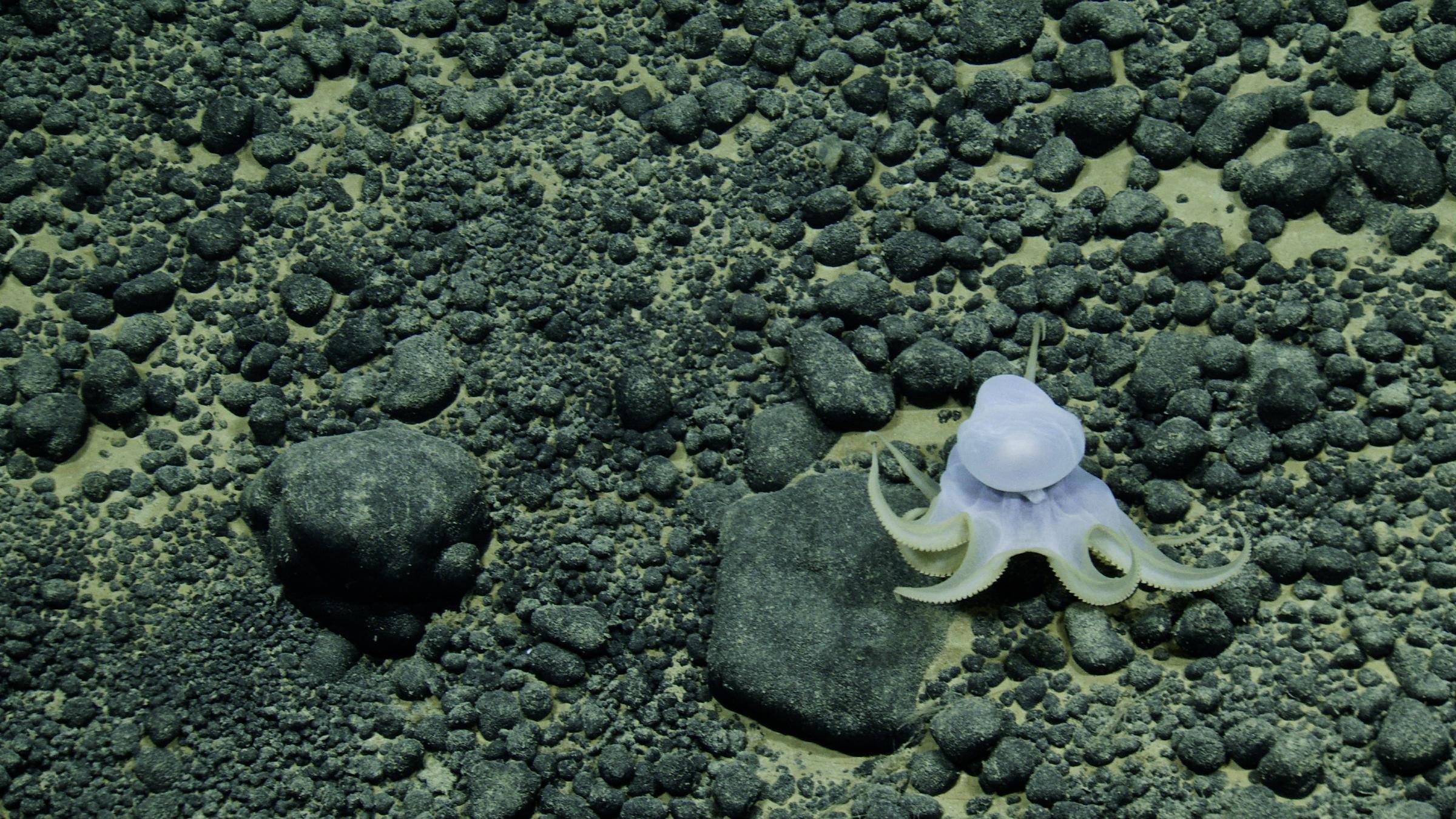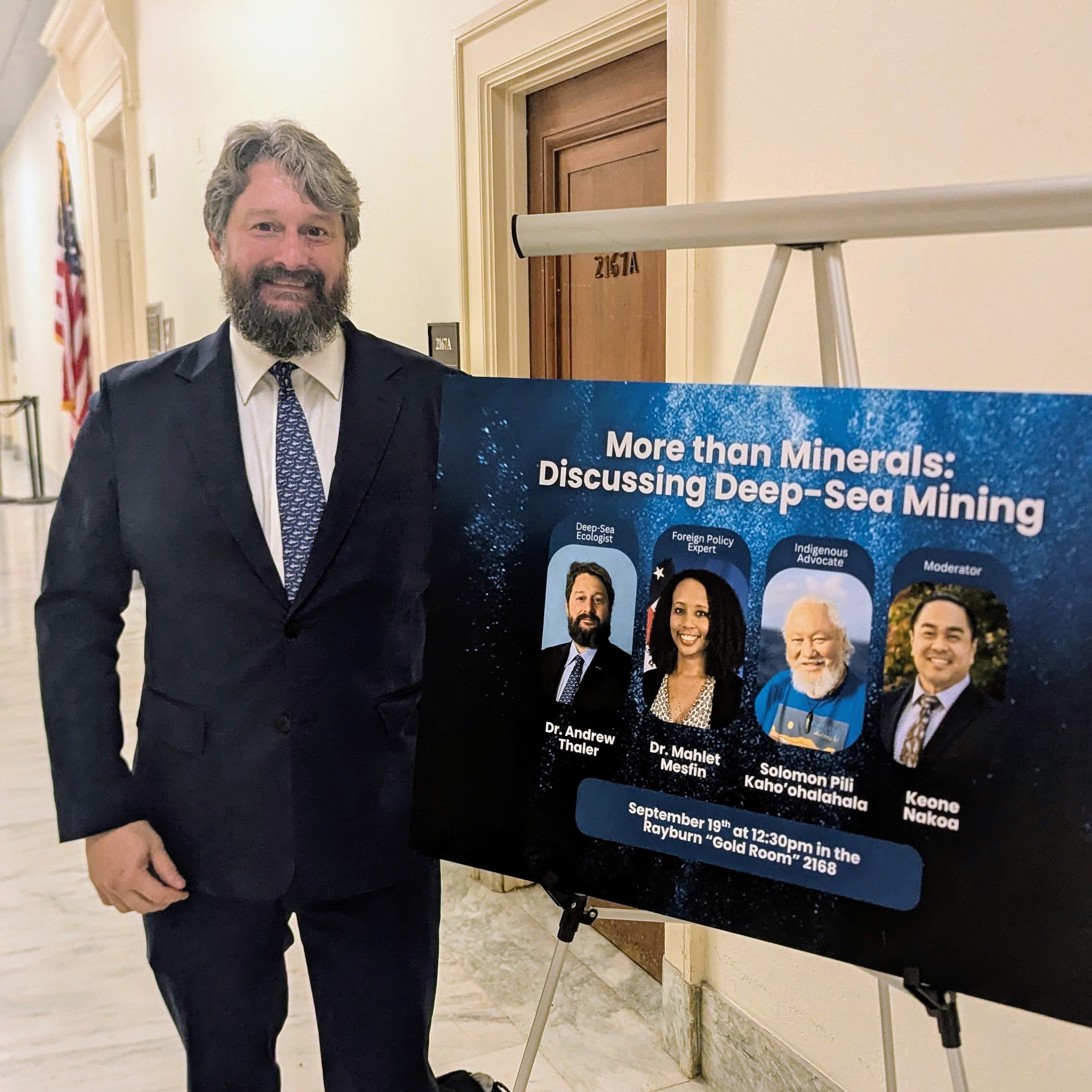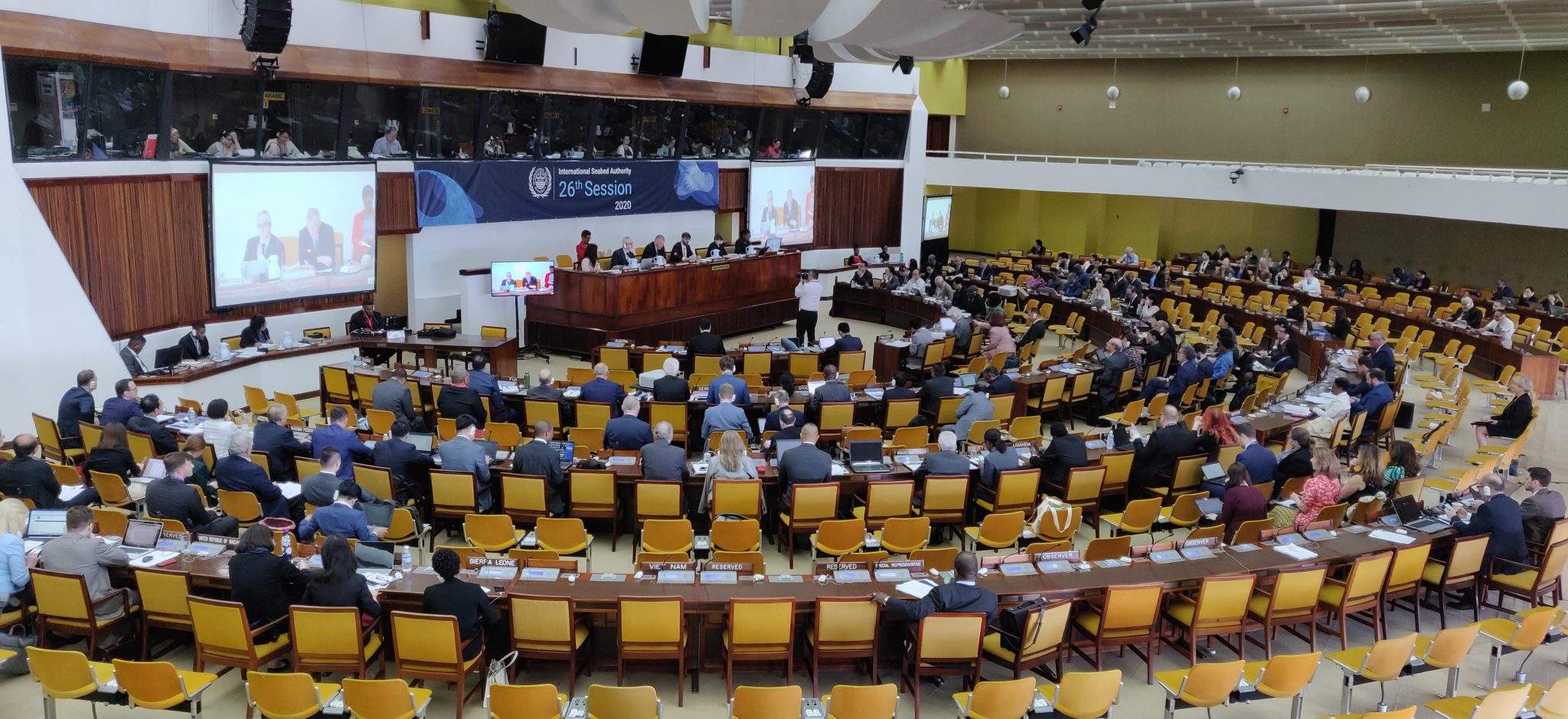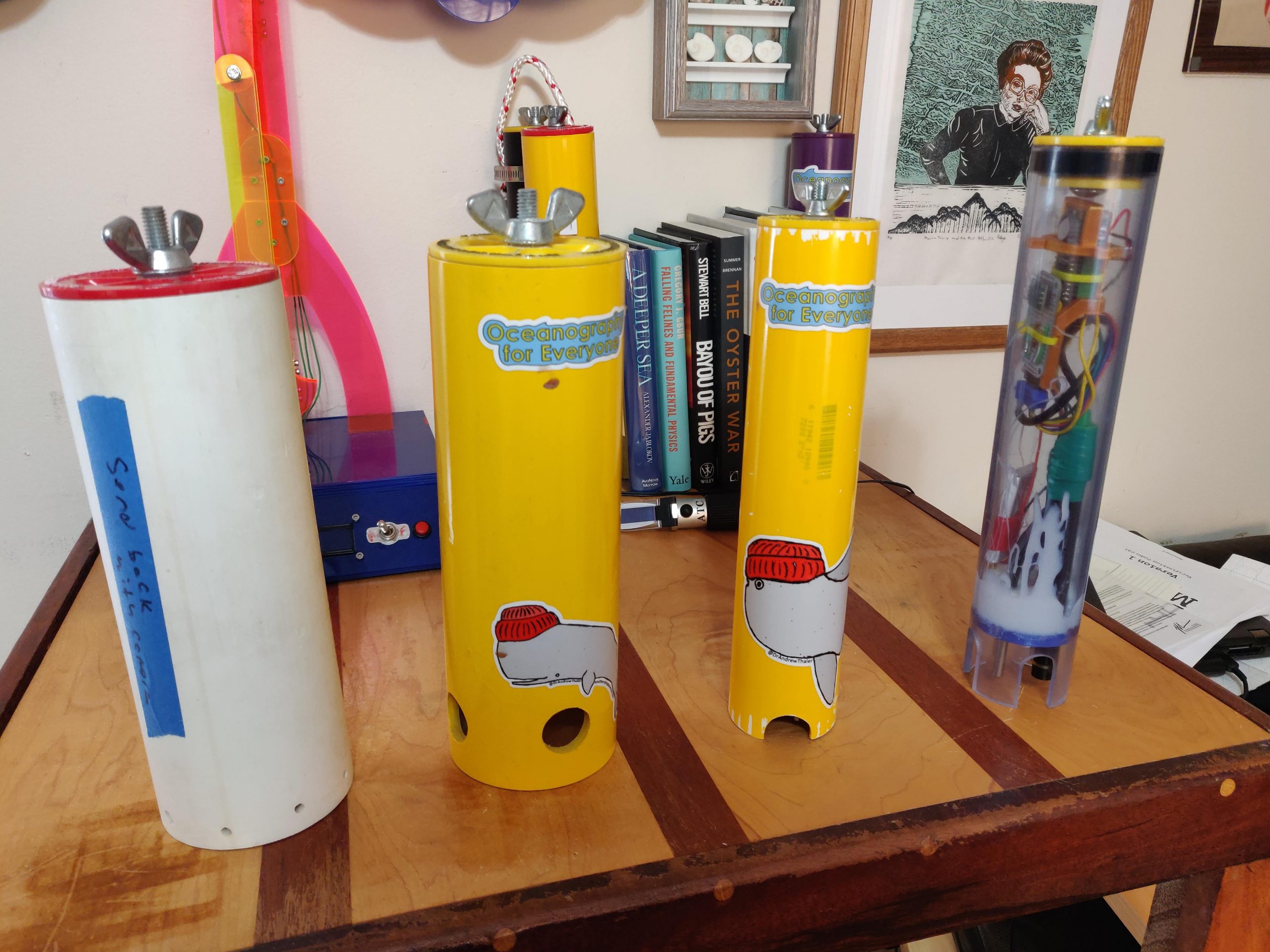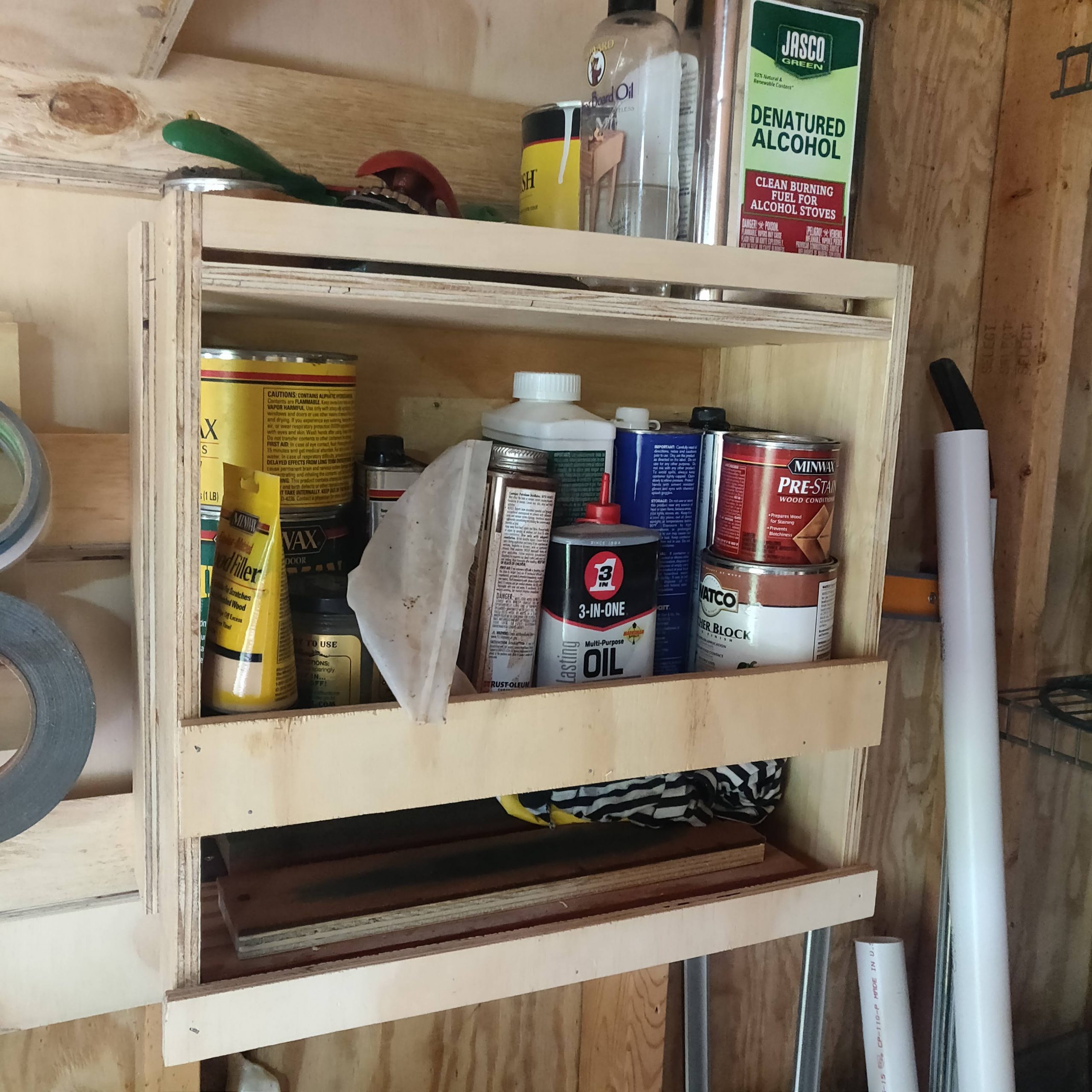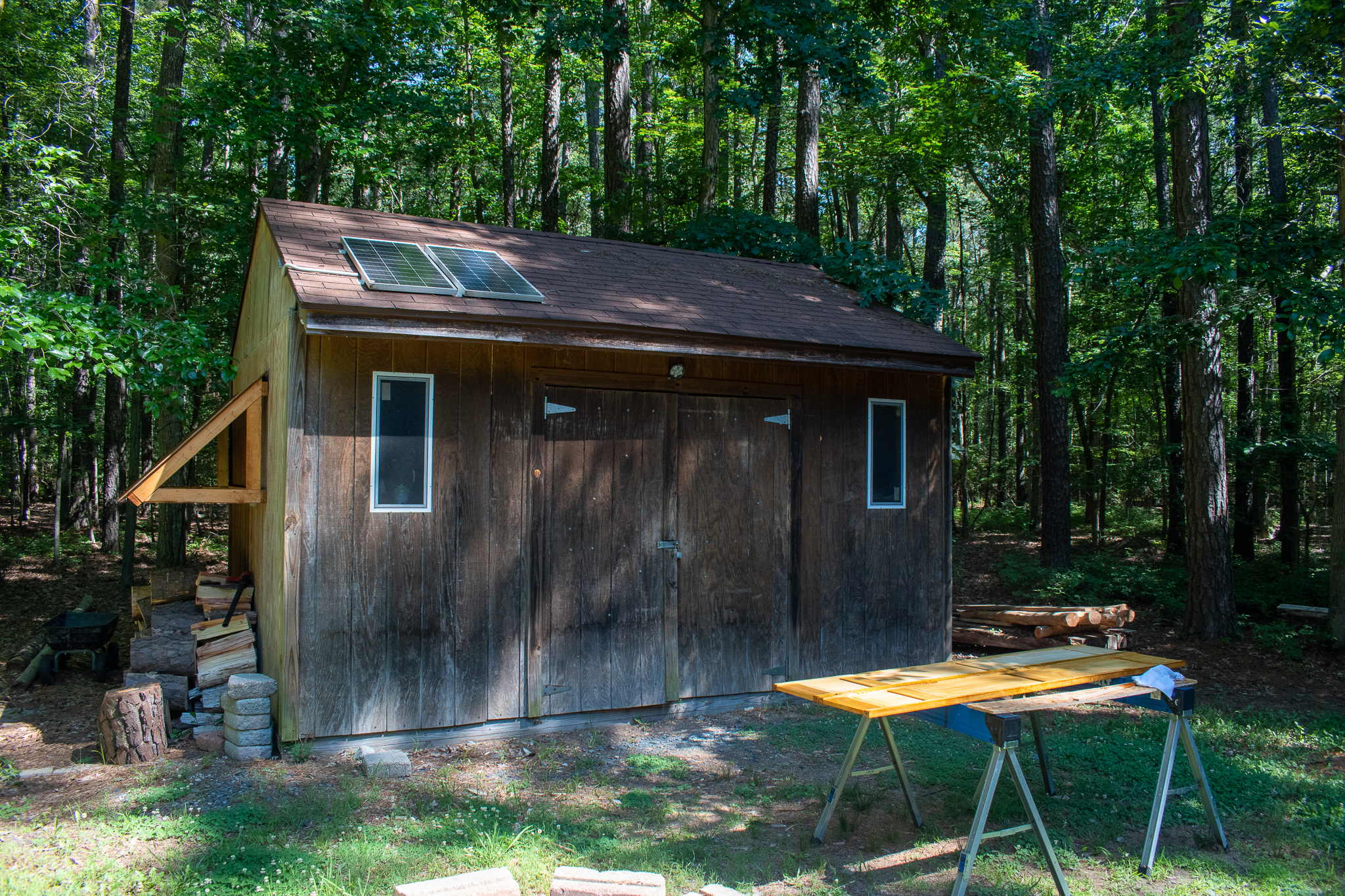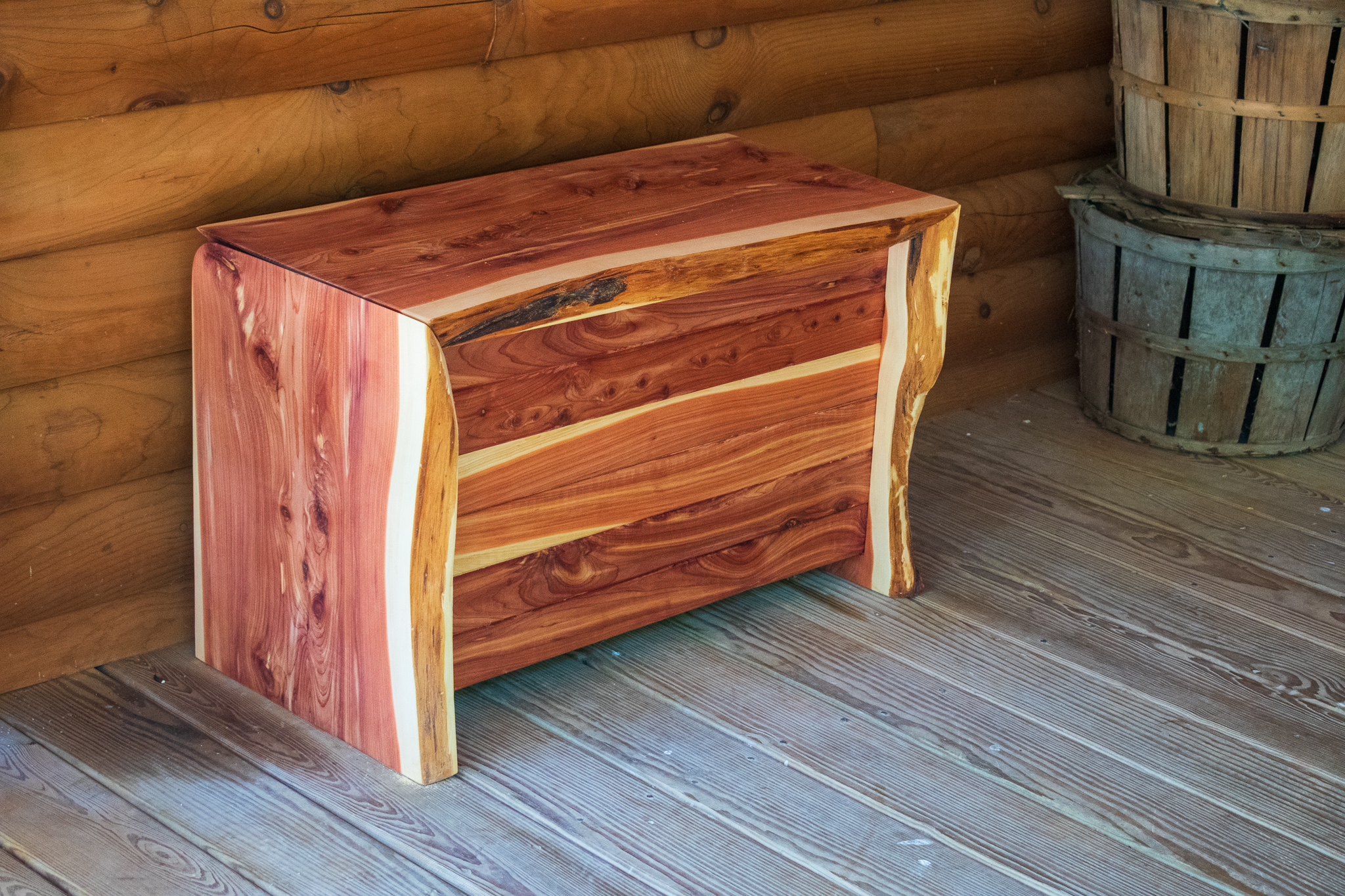As in-person negotiations on the future of exploitation in the deep ocean resume this week in Kingston Jamaica, we reflect back on the last two years of development as reported on our sister site, the Deep-sea Mining Observer. This article first appeared two years ago, on March 19, 2020.
The 26th Session of the International Seabed Authority convened this February to continue the long and complex negotiations over the draft Mining Code and work towards consensus among the various stakeholders. 2020 was set as the target year to get the Mining Code finalized, but many delegates left Jamaica feeling frustrated with the pace of deliberations and a growing sense that the 2020 deadline was far too optimistic. Chief among the challenges was a recognition that the Council is now further from reaching agreement on the financial model than it was at the end of the 25th Session and a lack of clarity over the composition of the Legal and Technical Commission as it pertains to the representation of both geographic distribution and technical expertise.
Procedural Gridlock slows negotiations
The overwhelming sentiment of member state delegates, NGO’s, and even contractors was a sense of dysfunction and confusion, best highlighted by the fact that over a 5-day meeting, the Council went through three new presidents. First, as outgoing Council President Lumka Yengeni was absent from the meeting, outgoing regional Vice-president Luis del Solar assumed the chair to preside over the selection of a new council president. Usually, a Regional Group arrives at the ISA with a nominee for council president already prepared. Not this time. A three hour delay to select the president of the 26th Session of the ISA on the morning of the first day set the tone for the week.

